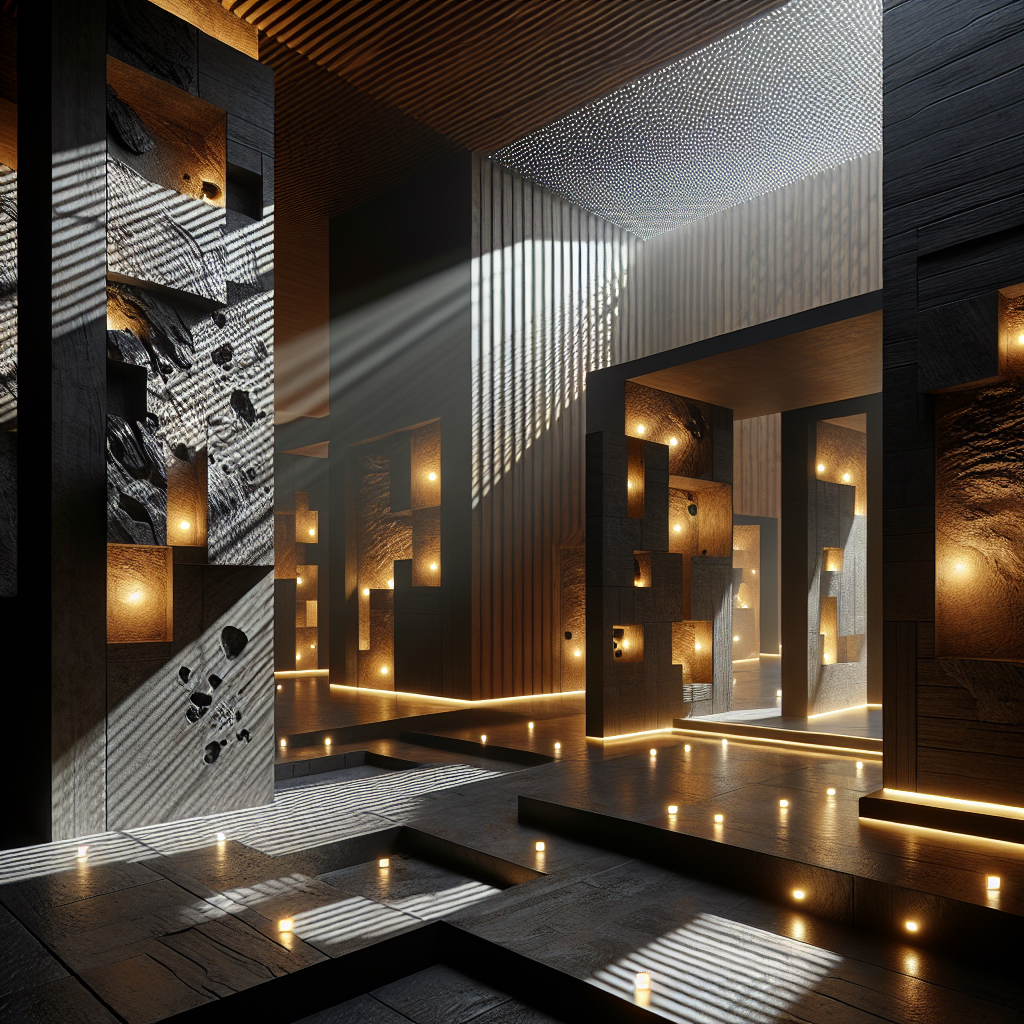Disaster-resistant and Resilient Building Design: Protecting Communities from Natural Disasters

Introduction
Natural disasters are on the rise due to climate change, causing immense damage to buildings and infrastructure, leaving people homeless and injured. However, disaster-resistant and resilient building design can help protect communities from such disasters.
Disaster-resistant Design
Disaster-resistant design involves constructing buildings that can withstand the forces of natural disasters such as earthquakes, hurricanes, and floods. For example, buildings in earthquake-prone areas must have strong foundations, reinforced walls, and flexible joints that can absorb the shock of an earthquake. Similarly, buildings in hurricane-prone areas must be designed to withstand strong winds and flying debris.
Resilient Design
Resilient design involves constructing buildings that can recover quickly from natural disasters. For example, buildings in flood-prone areas can be designed to have flood-resistant features such as raised foundations, waterproof walls, and drainage systems. Such buildings can be quickly cleaned and restored after a flood, reducing the impact on the community.
Real-life Examples
Two real-life examples of disaster-resistant and resilient building design are the 7 World Trade Center in New York City and the Sathorn Unique Tower in Bangkok, Thailand. The 7 World Trade Center was designed to withstand strong winds, earthquakes, and even terrorist attacks. The building’s unique structural system, consisting of reinforced concrete walls and steel bracing, allows it to withstand even the most severe natural disasters. The Sathorn Unique Tower was designed to be flood-resistant, with its main entrance elevated above the ground level and a drainage system that can quickly remove excess water.
Importance of Disaster-resistant and Resilient Building Design
In my opinion, disaster-resistant and resilient building design is essential to protecting communities from the devastating effects of natural disasters. As climate change continues to increase the frequency and severity of such events, it is vital that we invest in building designs that can withstand and recover quickly from these disasters.
Conclusion
Disaster-resistant and resilient building design is crucial to protecting communities from the destructive effects of natural disasters. By using materials and techniques that can withstand natural disasters, we can ensure that our buildings and infrastructure are safe and secure.





